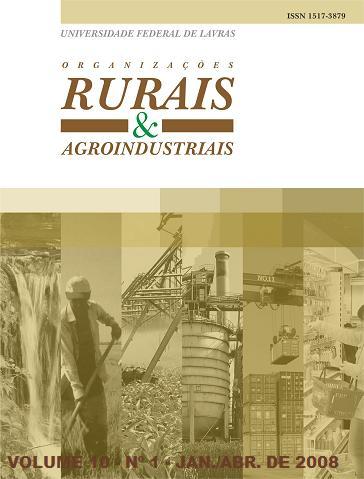Appropriation methods of conjunct costs: application in the timber industry
Keywords:
timber industry, conjunct cost, conjunct productionAbstract
The appropriation methods of conjunct costs is not restricted to the agribusiness, but can be applied in other economic activities, such as the timber industry. The objective of this paper is to apply and compare, using a descriptive plan and quantitative method, four appropriation methods of conjunct costs in a timber industry. The following methods proposed by Martins (2003) were used: a) equivalent to produced volume; b) proportional to market value; c) gross profit equality and d) act of pondering. In this study, some peculiarities of the timber industry researched were observed, for the following reasons: a) if all the co-products are the same standard measure and quality, then the ponderation will be the same; b) if the production volume is different, then the costs of the raw material should be proportional and c) the overall fabrication costs should be proportional to the dosage allocated in each production line and volume, due to the unfolding complexity. It was concluded that the method of act of pondering is the most appropriate for the industry studied and that the conjunct costs should be distributed by dosage of consumption.


